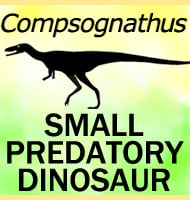Haplocheirus
In Depth At the time of its description Haplocheirus was the oldest known alvarezsaur by an impressive sixty-three million years before the previous record holder. This places Haplocheirus firmly within the Oxfordian stage of the Jurassic revealing that the alvarezsaurs began at least this far back rather than the early Cretaceous period as previously thought. … Read more
